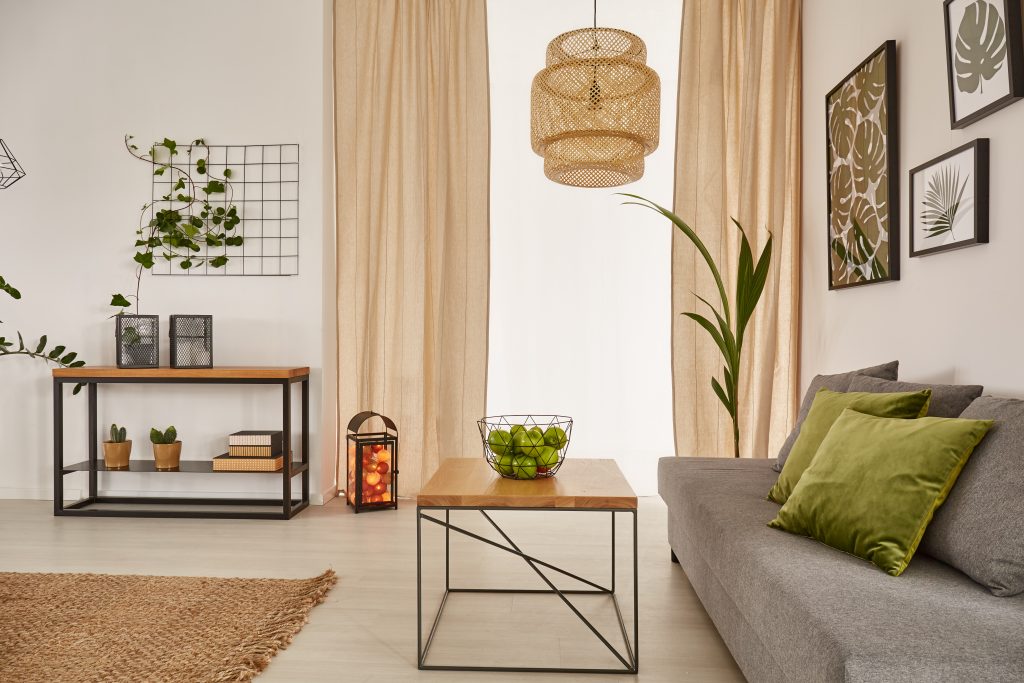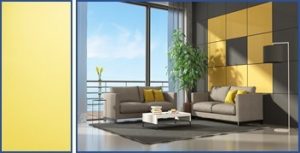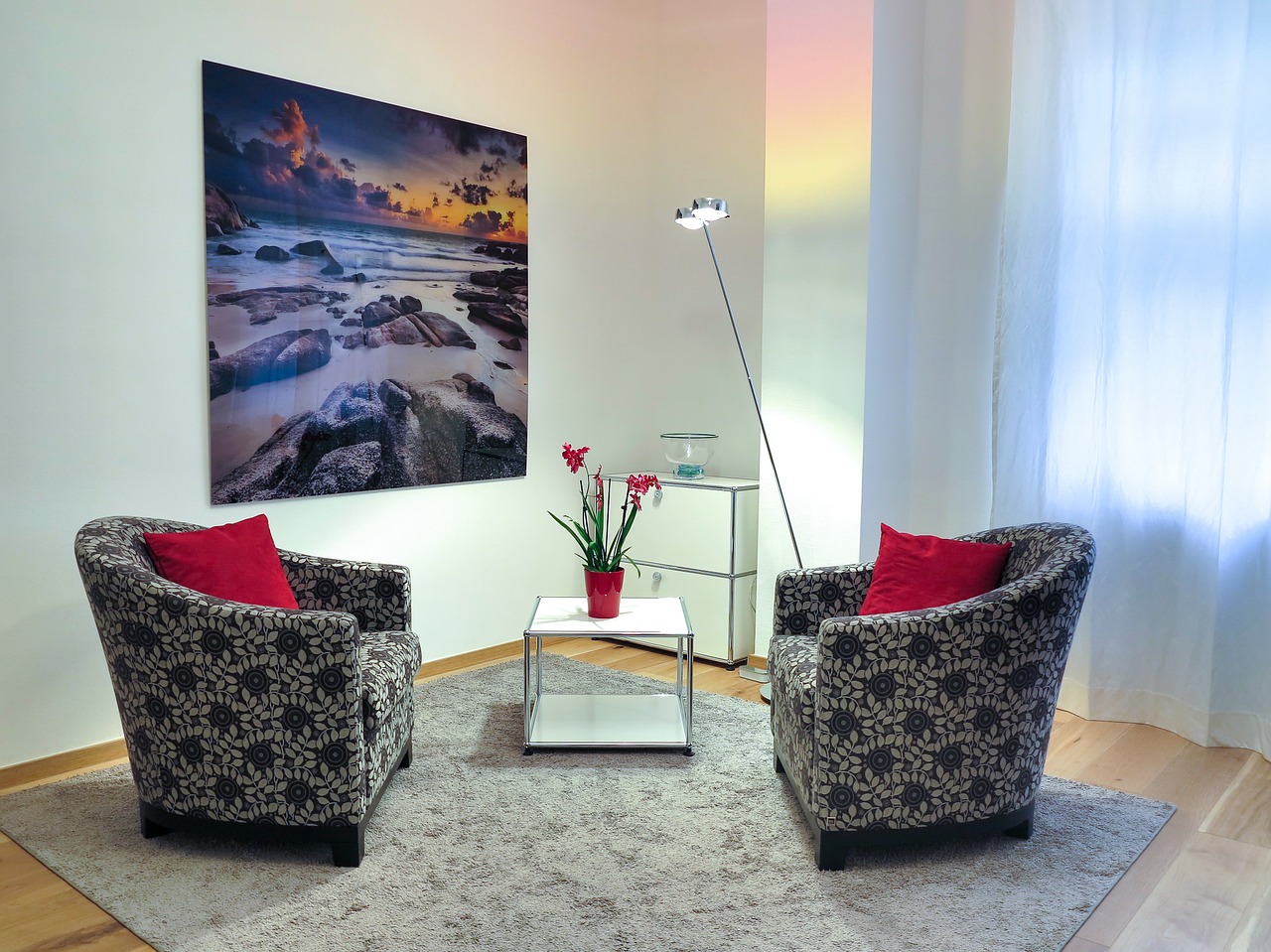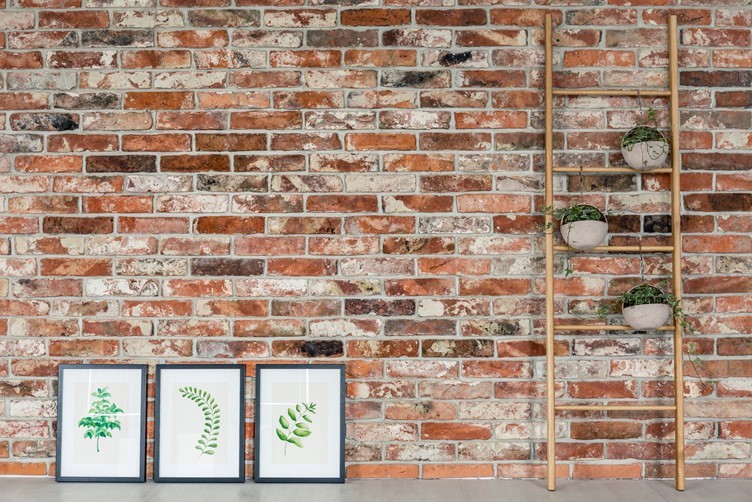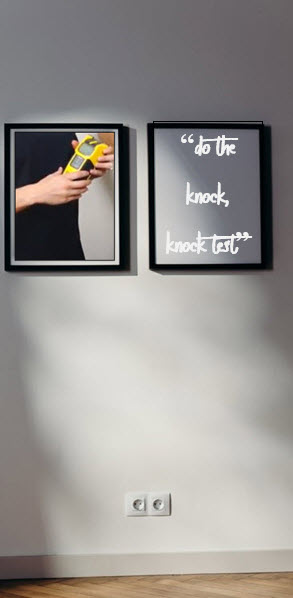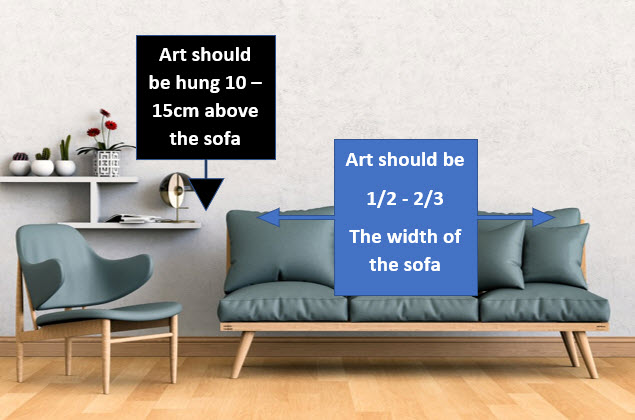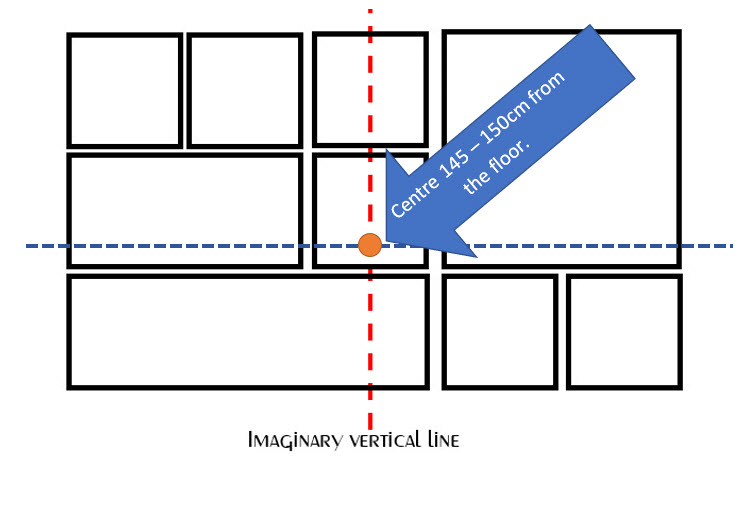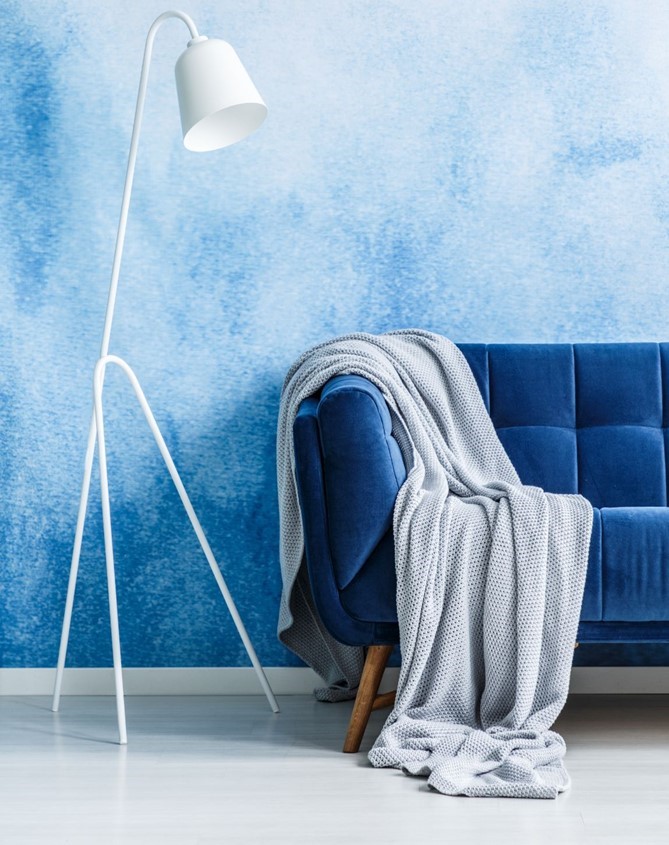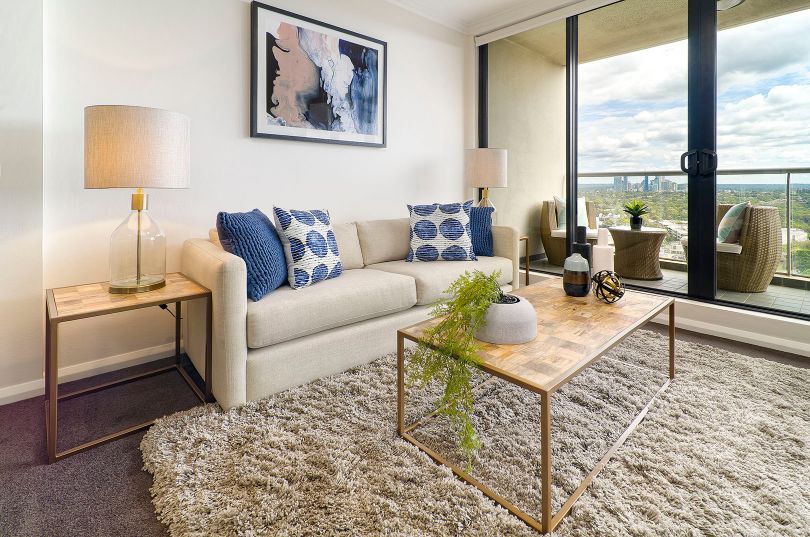
7 Top Tips Before Painting the Exterior Walls of Your House
7 Top Tips BEFORE Painting the Exterior Walls of Your House
Is your house looking a bit drab? Are you thinking a new coat of paint will do the job? What about a whole new colour?
Painting the exterior of your house is a popular home improvement option, even when you are thinking of selling your property. Following these 7 top tips before painting the outside of your house will save you money and time in the long run.

1. Firstly, get a Sample of each Paint Colour
Honestly, we are inundated for choice of colour. Unfortunately, the colour you like may or may not be the best colour for the exterior of your house.
There are a few factors to consider, such as the texture of the wall and in which direction as opposed to the sun the house is facing and the undertone of a colour.
Paint supply companies usually have sample colours for testing. Investing in a few samples would save you time and money in the long run. Paint samples side by side on all sides of the house. Colours appear differently in natural light areas than they do in shadow areas.

If painting the colours side by side on the wall is somewhat overwhelming leave some space between the colours.
.
2. Light Affects How We See Colour
Colour does not look the same 24 hours a day. Light does affect colour, therefore, evaluate the colours at different times during the day. Switch on the garden lighting to see how the sample colours appear at night.
This image of the living room space is a fine example of how light affects the colour that we see. All the walls were painted with a beige colour, however, the wall to the right seems to have a slight pinkish colour. This pinkish undertone is typically found in beige – To quote Randy Humphries, Painting and General Contractor, Landscape Paintner (1972 present) “Getting them to understand that the quality of the light striking the painted surface will result in many variations that may or may not be what they are looking for”.

Is this a beige or light grey coloured wall?
3. Use Primer BEFORE Painting the Samples
One of the most important top tips before painting the exterior walls of your house is to prepare the area where you want to paint the colour samples.
Keep in mind the existing paint colour will affect how the paint samples look. Colours will appear darker against a light painted wall, and lighter against a dark painted wall.
Therefore, do yourself a favour and prime the sample areas before painting it. This will give you a realistic evaluation of the colour.
4. When not to Prime the Sample Areas
When the exiting paint colour is adjacent to the new colour, priming may not be necessary.
5. Paint Two Coats
Washing when wet looks darker because of the moisture in them. Once dry the items appear their usual colour.
The same scenario applies to paint. When applied to a surface wet paint colour appear more glossy and brighter due to the solvent added to it to keep it in liquid form whilst in a container.
Once the solvent has dried off, the colour has a less gloss appearance and the true colour appears.
It is recommended therefore that you wait for the paint samples to dry thoroughly before deciding upon your colour of choice.
Important too is to apply a second coat of paint once the first has dried should an existing colour bleed through the first coat and thereby making a difference to the newly applied colour.
6. Know the undertone of the Paint Colour
- All colour, except pure white and the true primary colours, red, yellow, and blue has an undertone.
- The undertone colour is the underlying colour in a colour which has been mixed from two or more colours. For example, the colour teal is derived by mixing blue and green. The undertone could, therefore, be either blue or green.
- Keep in mind that surrounding colours could influence a colour too.
7. Know your colours
Your three primary colours are red, yellow and blue. Any colour you see on the paint colour wheel can have an undertone from one or two of its neighbouring colours.
For example, when you mix equal parts red and blue, you get purple. But if you mix more or less of either one of the two colours you will get a purple with the undertone of the colour which quantity is the most in the mix.
As Property Stylist and Interior Decorators, we have assisted many clients in redecorating their homes.
We do know how daunting choosing the right paint and decor colours can be.
We love to guide, inform, and help our clients in making the right choices when it comes to refreshing and redecorate their homes.
Now is a good time as any for change; to repaint and redecorate – and in keeping with social distancing, we can actually come into your home virtually and help you. Give us a call today to find out more or send us an email –
Tel: 02 9659 2556
You are welcome to visit us at https://letsrevamp.com.au/


